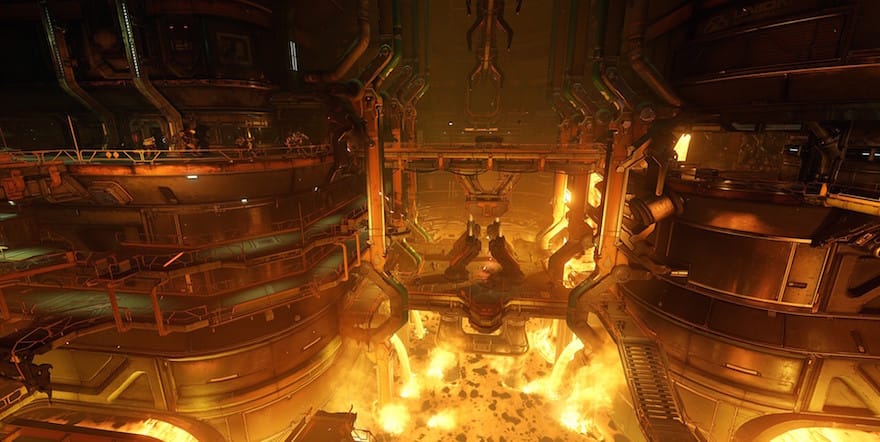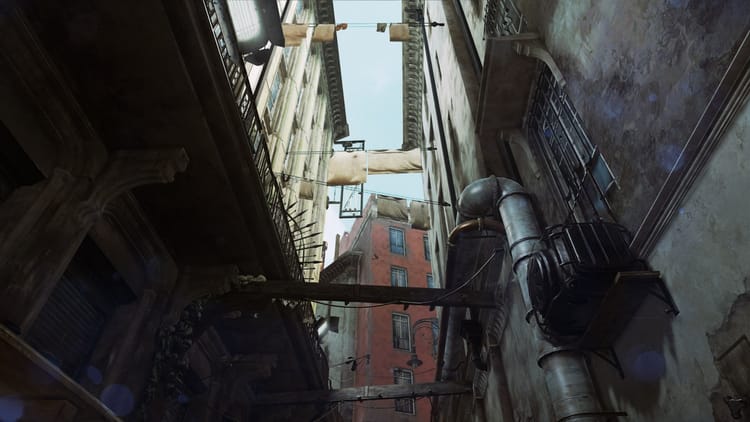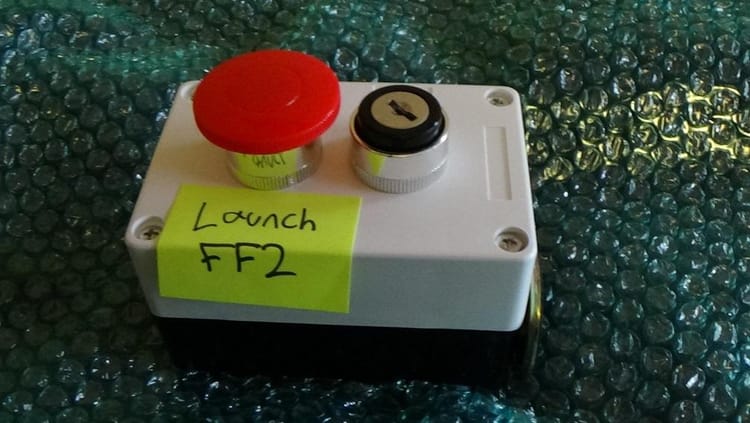How Doom inspired two generations of hackers and modders

This article is part of a collaboration with iQ by Intel.
A premier first-person shooter, Doom (1993) still inspires programmers, modders and digital artists to adapt the game in unexpected ways. Excitement over the release of Doom 2016 is proof the beloved 24-year-old game series is a pop-culture mainstay. Doom is much more than a big-name franchise about blasting demons in their ugly faces. It’s a rare phenomenon that inspired the DIY gaming movement and continues to spark unbridled creativity among its biggest fans.
Since id Software unleashed Doom on PCs in 1993, it has ushered in two entire generations of modders, makers, and artistic communities. These fans have endless reasons to love Doom, according to David Kushner, author of Masters of Doom: How Two Guys Created an Empire and Transformed Pop Culture (2003). While researching his book, he learned why Doom continues to be way ahead of its time. “I was amazed by all the innovations Doom exemplified,” he explained, “Fast action FPS [first-person shooter], co-op play, shareware, mods, deathmatching, violence, the list goes on.”
Doom continues to be way ahead of its time
Beyond its legacy as an FPS, Doom is pegged for sparking a revolution in digital creation. “The most compelling thing about Doom today is the very fact that people are still playing it and making things for it,” said Andrew Stine, the co-founder of Doomworld, a popular internet hangout where “modders, map authors, musician, and coders” have been coming together to share Doom-related content since 1998. “People enjoy the idea of carrying on a tradition that [goes back] over two decades, which is a rare thing in gaming–a hobby that is usually always looking ahead to the next big thing,” he said.
Doom and the DIY Gaming Movement
The creative juices of Doom fans tend to spring from the unlikeliest of places. Case in point: among makers and coding communities, there is something of a hackers’ dare to see who can get Doom running on the most underpowered hardware. In recent years, the game has been played on everything from a Canon printer to an Intel Edison, a small micro-controller with built-in wireless that’s typically used in wearable prototypes and Internet of Things devices.
The process of adapting a game’s code to run on a system other than what was intended is known as porting, and Doom has been ported like no other game. “The reason why Doom has been ported so much is because it was designed with portability in mind,” stated Google software engineer and technical writer Fabien Sanglard.

This has everything to do with Doom’s rather unconventional evolution. Before creator John Carmack sat down to program Doom, he went out and purchased a NeXT workstation—the ill-fated computer system Steve Jobs built after being booted from Apple. That NeXT may have sealed the fate for Doom. “This way of programming was unusual at the time: Most games of the era were built on a PC,” said Sanglard. The result was that Doom played nicely with other systems, unlike its other PC-born contemporaries.
When id Software eventually released Doom’s source code to the public in 1997, DIY programmers latched on. Hackers were at liberty to bring the game to every platform, even unthinkable ones like Apple Watch. Impressively, members of the Omnimaga Texas Instruments programming group even got Doom to play on graphing calculators. “I’m not saying it was easy, but I didn’t run into difficult issues,” said Xavier Andréani, who ported Doom from a black-and-white calculator to a color calculator in 2012. “The game runs smoothly on all TI-Nspire calculators. There’s no need to overclock [or hack the calculator to run faster].” The desire to play Doom on everything reached fever pitch when one Inception (2010)-minded YouTuber named TheZombieKiller found a way to play Doom inside Doom.
Doom’s Design Legacy
Not only did Doom introduce a renaissance of DIY hardware hacking, but the game also gave many aspiring game designers a stage to shine on. “Doom, more than any other game, inspired a generation of developers to join the industry,” Kushner said, referring to, among many things, Doom’s innovative WAD “Where’s All the Data” file system.
John Carmack was very forward thinking when he structured the game’s files. Doom’s .wad or WAD, allows players to easily modify the content of a game. Carmack wanted players to be able to design their own levels, fill them with their own artwork and music, and then share their finished creations with other fans over the internet, which was just coming into its own in the mid ‘90s.
the number of games made from Doom‘s ingredients remains unprecedented
And share they did. Even today, the number of games made from Doom’s ingredients remains unprecedented. No one knows for sure how many Doom mods exist, but honest estimates sit at around fifty thousand unique pieces of user-created content. According to Chris Hecker, a key programmer on Will Wright’s Spore (2008), Doom was also important for designers who didn’t have art or programming chops. He said the game marked the first time these professionals could create and show a demo of their work during a job interview.
Today, the kinds of games people create with Doom run the gamut. There are brief, kitschy affairs, like Pirate Doom. Or elaborate, full-scale productions that spent years in development, like Beautiful Doom, which made the original Doom an altogether more pleasant experience.

Over at Doomworld, Stine links to something in the neighborhood of 18,000 custom-built Doom games. Annually, the community gives out awards for the best WADs of the year, and there are more than enough honorable mentions. There is also the Espi, the lifetime achievement award for an outstanding body of Doom user-creation, as it is entirely possible for someone to have spent a lifetime authoring Doom content.
“I think that Doom’s continued success as a creative outlet can be boiled down to the structure of the game itself,” Stine said. “Doom is incredibly simplistic compared to most modern games. There’s no inventory, no skill tree, no forced stealth segments. So the game itself affords a lot of experimentation and variation because the key elements are so basic.”
With no sign of fans running out of fresh ideas to build on these basics, it looks like Doom will continue to inspire the next generation of creatives who aren’t limited by technology but by the depths of their imaginations.



